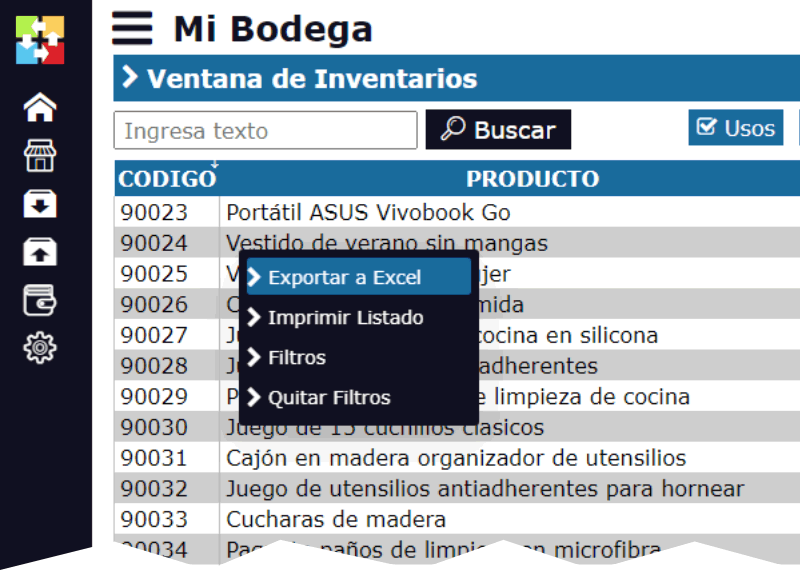Accounting for Returns in High-Volume E-commerce Models
In the digital age, e-commerce has experienced exponential growth in recent years. However, this increase in demand has also led to an increase in product returns. Accounting for returns is a crucial process for high-volume e-commerce companies, as it can significantly impact their financial results and reputation.

What are returns in e-commerce?
Returns in e-commerce refer to the situation where a customer returns a product they purchased online. This can occur for various reasons, such as:
- The product does not meet the customer's expectations.
- The product is damaged or defective.
- The customer changes their mind about the purchase.
Importance of accounting for returns
Accounting for returns is fundamental for high-volume e-commerce companies, as:
- It affects financial results: Returns can reduce revenue and increase company costs.
- It influences reputation: The way returns are handled can impact the customer's perception of the company.
- It impacts decision-making: Accounting for returns provides valuable information for making informed decisions about inventory management, return policies, and customer service improvement.
Return accounting process
The return accounting process involves the following steps:
1. Return registration
The return must be registered in the inventory management and accounting system to be properly tracked and accounted for.
2. Return verification
The return must be verified to ensure it is legitimate and complies with the company's return policy.
3. Inventory adjustment
The inventory must be adjusted to reflect the return of the product.
4. Account adjustment
The accounts must be adjusted to reflect the return, including the sales account, inventory account, and returns account.
5. Analysis and monitoring
The return process must be analyzed and monitored to identify areas for improvement and optimize the return policy.
Best practices for accounting for returns
To ensure that accounting for returns is accurate and efficient, the following best practices should be followed:
- Establish a clear and transparent return policy.
- Use an integrated inventory management and accounting system.
- Register and verify all returns in a timely and accurate manner.
- Adjust accounts and inventory regularly.
- Analyze and monitor the return process to identify areas for improvement.
Conclusion
Accounting for returns is a crucial process for high-volume e-commerce companies. By following best practices and establishing an efficient return accounting process, companies can minimize costs and maximize efficiency, allowing them to maintain a positive reputation and continue growing in the market.






